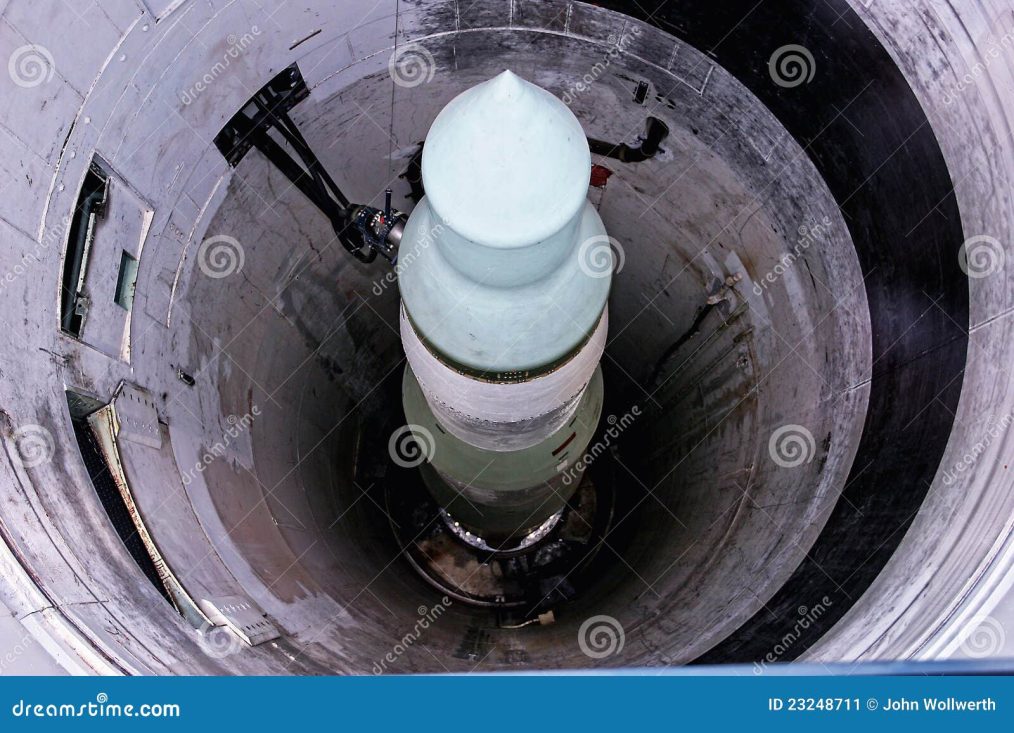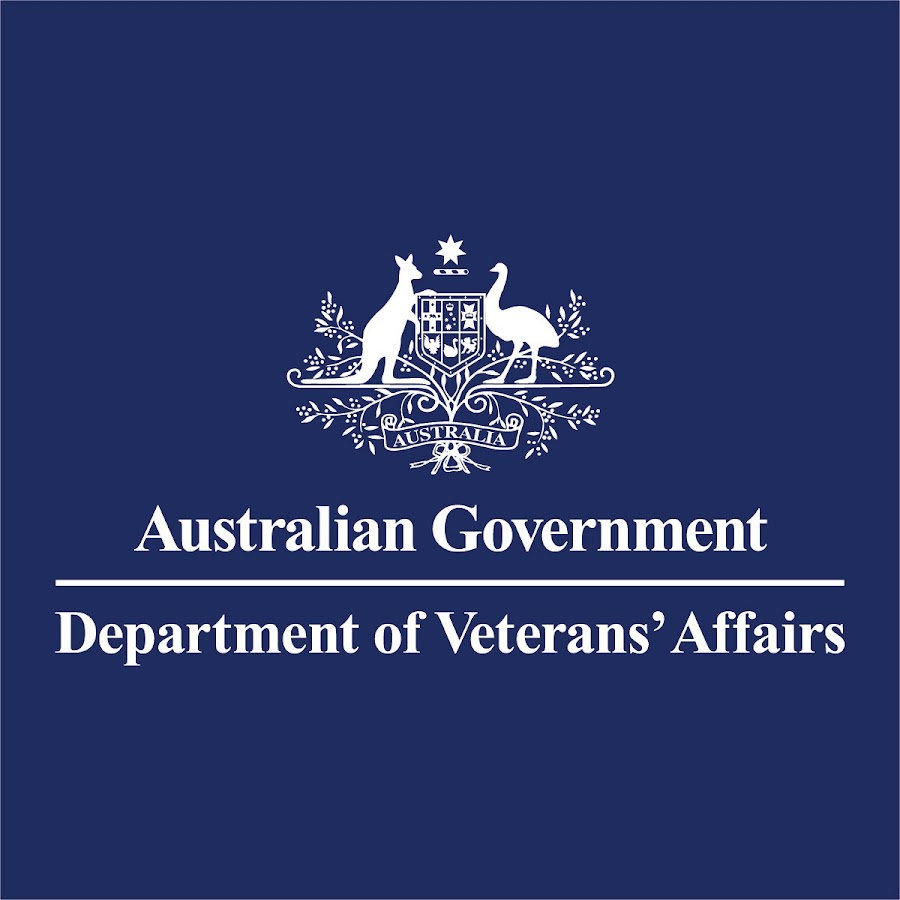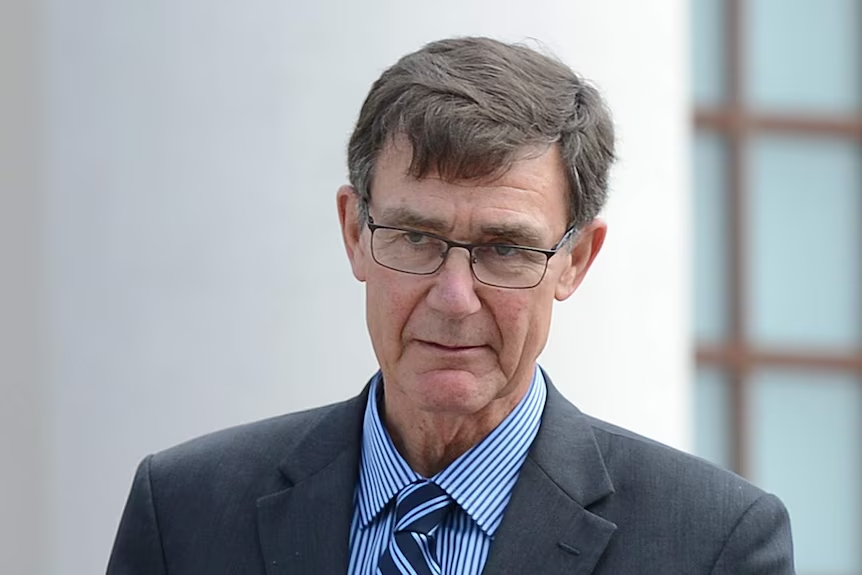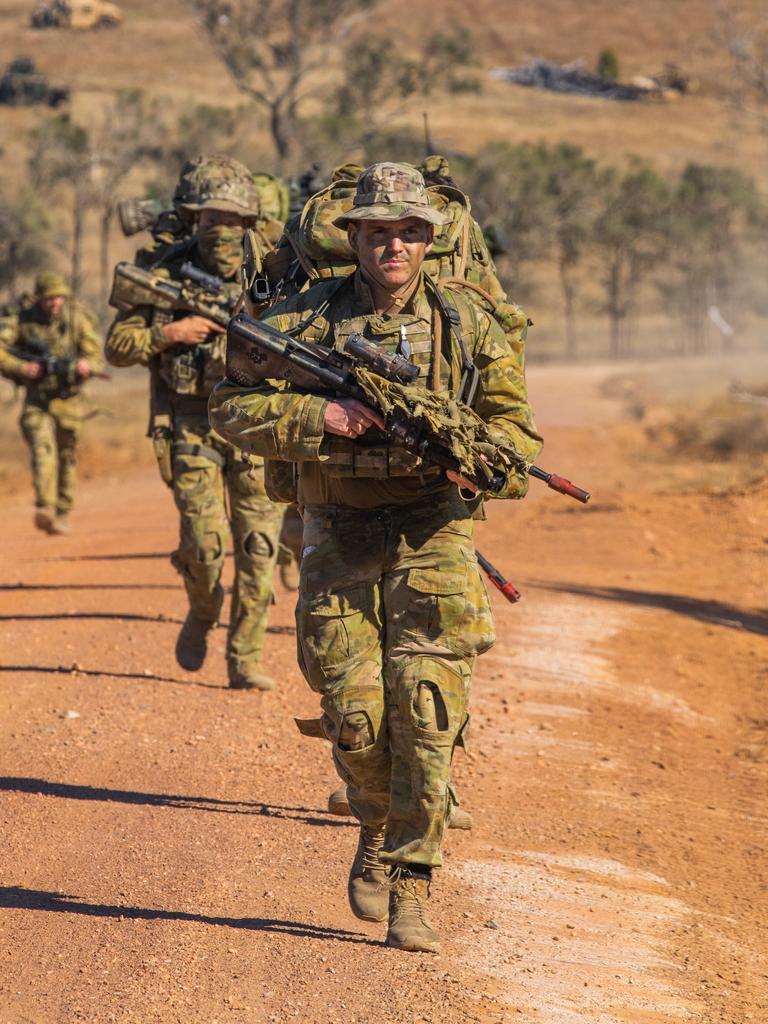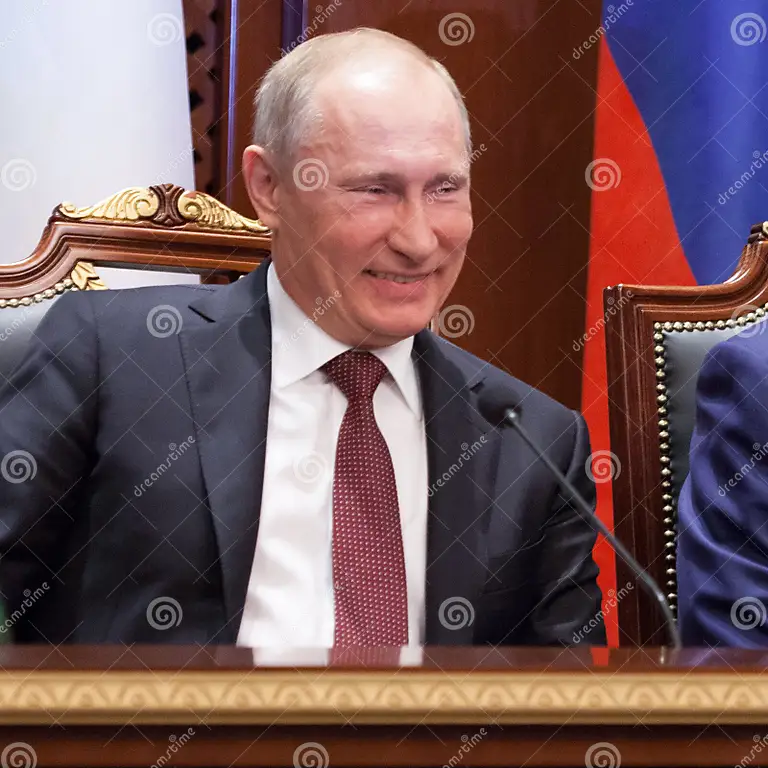The Times – Allan Shorten
As tensions between Russia and NATO-aligned nations escalate, Europe appears to be bracing for a potential conflict of unprecedented scale. At the forefront of this preparation is Germany, spearheading an ambitious and covert initiative to bolster military readiness and civil defence, signalling the continent’s gravest fears of an impending World War III scenario.
Germany’s Massive Plan: “Operation Deutschland”
Germany has quietly laid the groundwork for a comprehensive defence strategy. Known as Operation Deutschland, this 1,000-page classified document is said to detail meticulous measures for safeguarding critical infrastructure, enhancing military mobility, and ensuring civilian preparedness in the face of widespread conflict. While official details remain sealed, sources have provided glimpses into the plan:
- Infrastructure Defence: Key buildings and facilities are earmarked for military use and fortification. Emergency protocols are being disseminated to local governments and private entities.
- Civilian Preparedness: Citizens are being urged to install diesel generators or wind turbines, reflecting a push towards self-sufficiency. These measures aim to mitigate potential power disruptions caused by cyberattacks or military strikes.
- Military Mobilization: Plans to deploy and transport 200,000 military vehicles across Germany have surfaced, emphasizing the nation’s role as NATO’s logistical backbone in Europe.
Rising Russian Threats: A New Nuclear Policy
Adding urgency to Europe’s preparations is a seismic shift in Russia’s nuclear policy. President Vladimir Putin has broadened the Kremlin’s threshold for deploying nuclear weapons, now allowing their use in retaliation to conventional, non-nuclear strikes. This policy shift, paired with Russia’s growing rhetoric of nuclear threats, has spurred NATO allies into action.
Sweden and Norway Sound the Alarm
Germany is not alone in its readiness campaign. Neighbouring Sweden and Norway are proactively engaging their populations, distributing pamphlets that outline survival strategies in the event of a nuclear attack. These guides, which recall Cold War-era literature, emphasize emergency planning, resource storage, and evacuation routes.
US Escalation and Ukraine’s Role
The United States has further heightened the stakes by supplying Ukraine with long-range missiles capable of striking deep into Russian territory. This move effectively nullifies Russia’s previous “safe zones” and has likely influenced Moscow’s aggressive stance. Ukraine, emboldened by Western support, continues to serve as the flashpoint for NATO and Russian hostilities.
Germany’s Leadership in a Fractured Europe
As Europe confronts this perilous juncture, Germany’s actions underscore its pivotal role in NATO’s defence strategy. However, the path forward is fraught with challenges. Balancing economic stability with military investment, maintaining public morale, and navigating complex alliances will be critical in the months ahead.
With each nation preparing in its own way, the spectre of war looms large over Europe, and Germany’s unprecedented mobilization signals both determination and dread. Whether diplomacy or disaster will prevail remains uncertain, but one thing is clear: the world is watching, and the stakes have never been higher.

